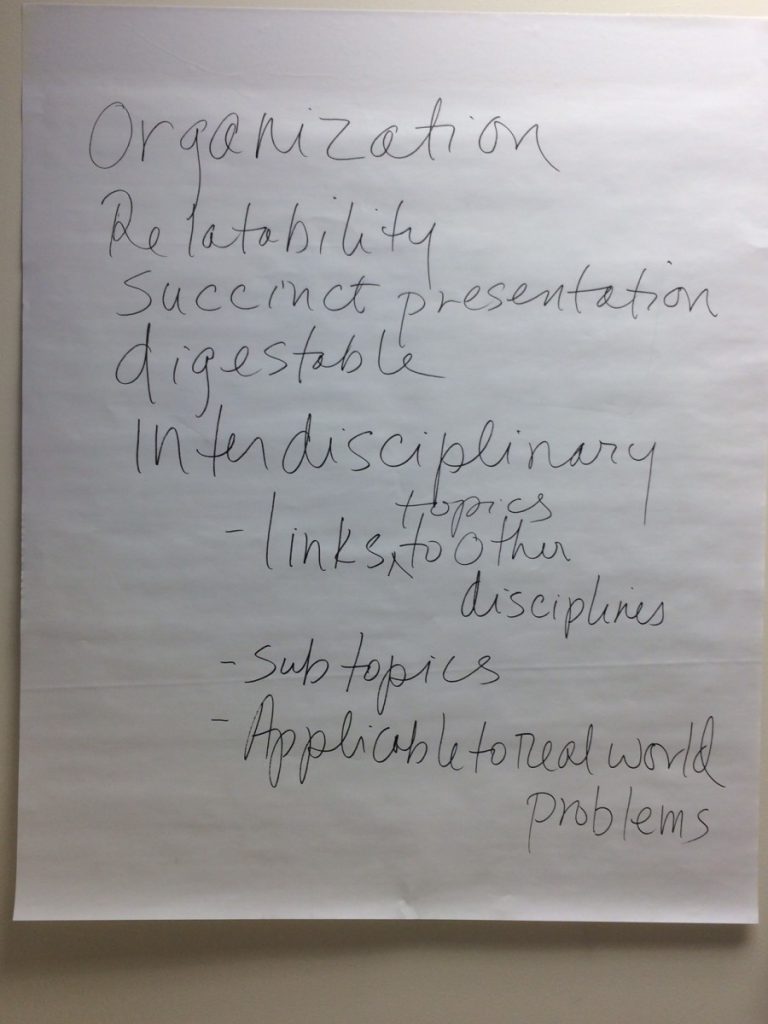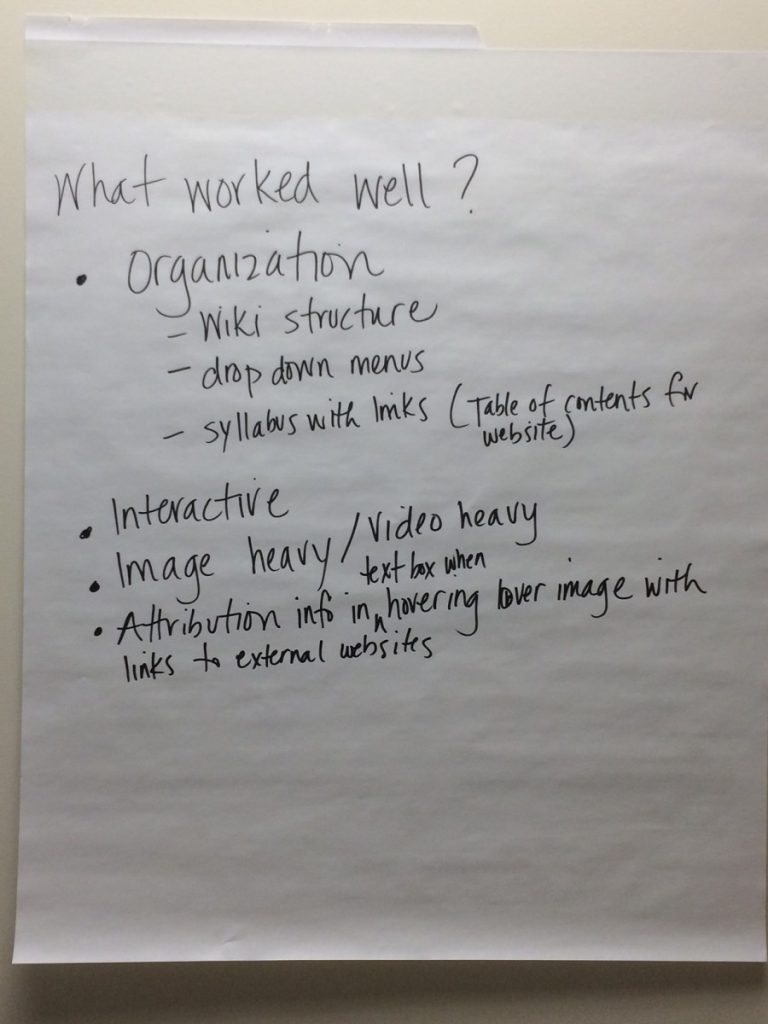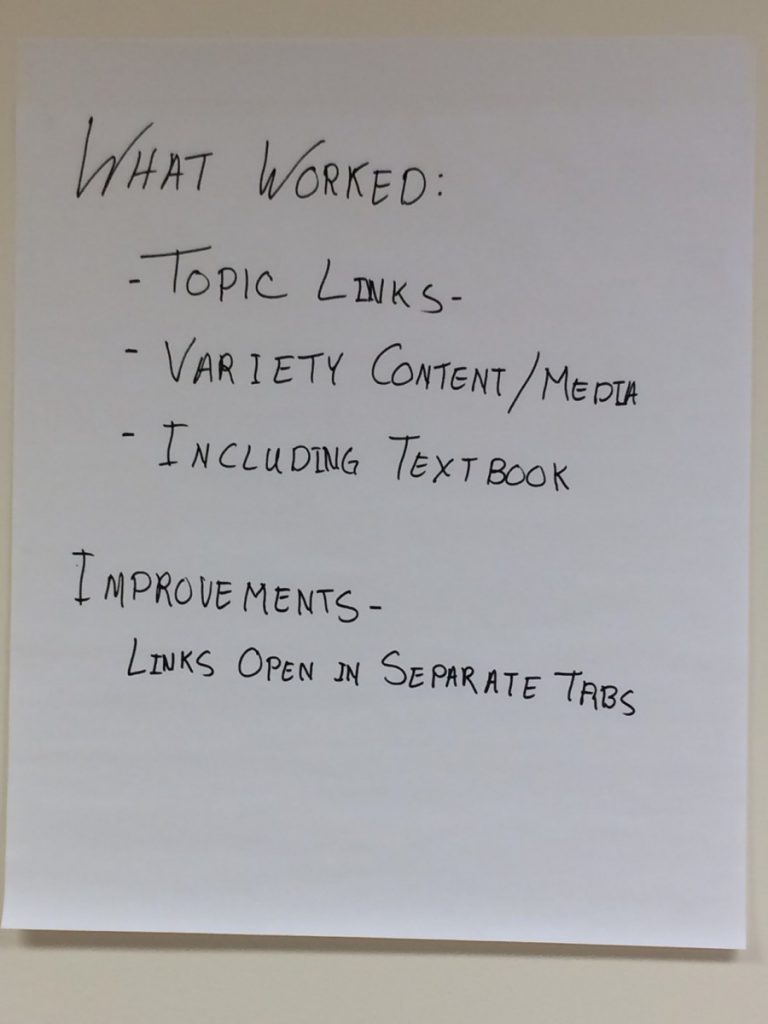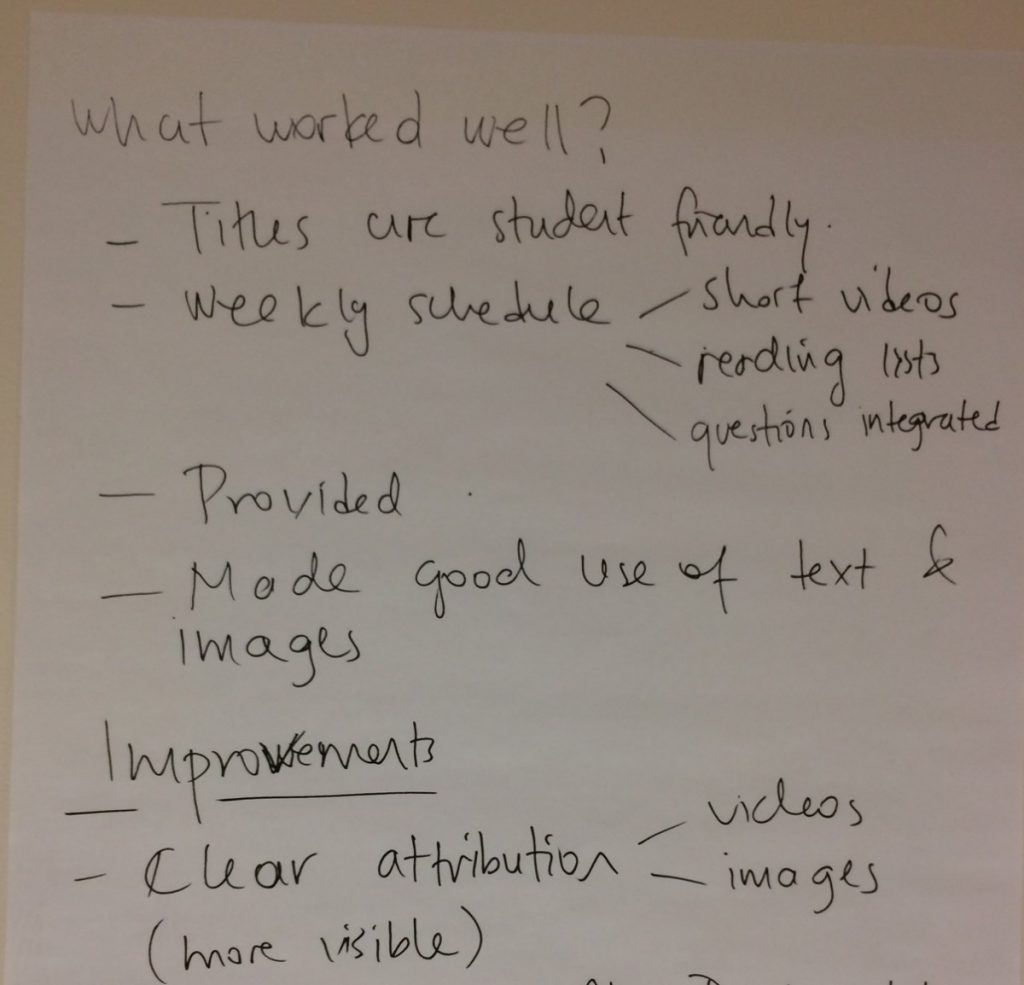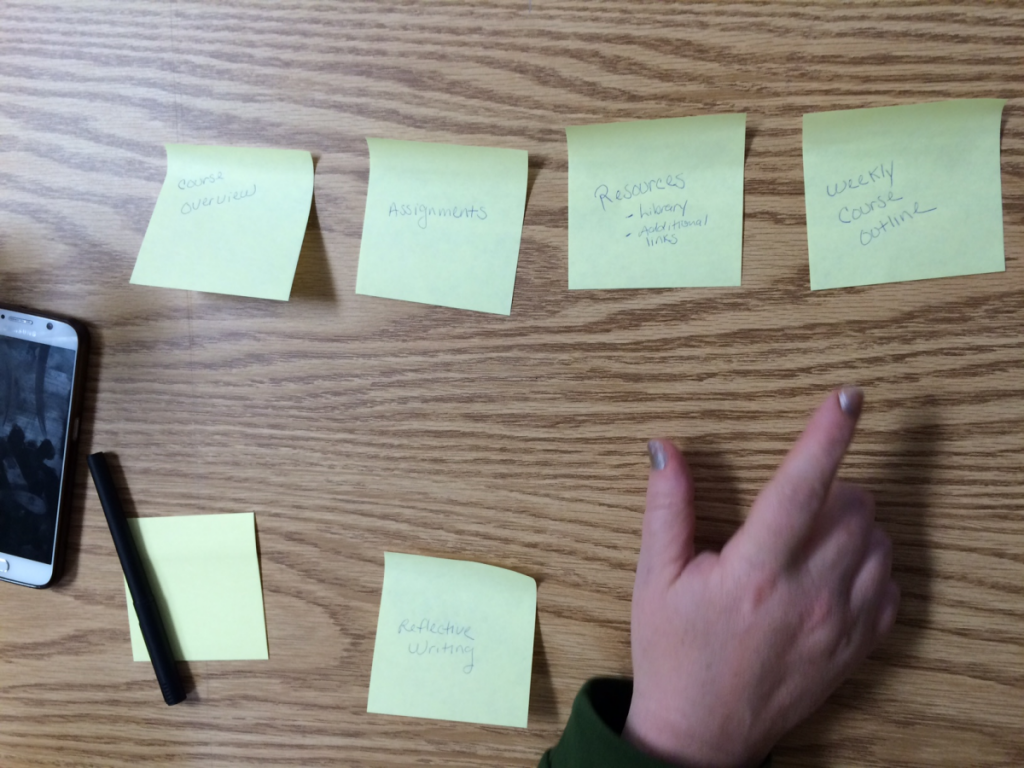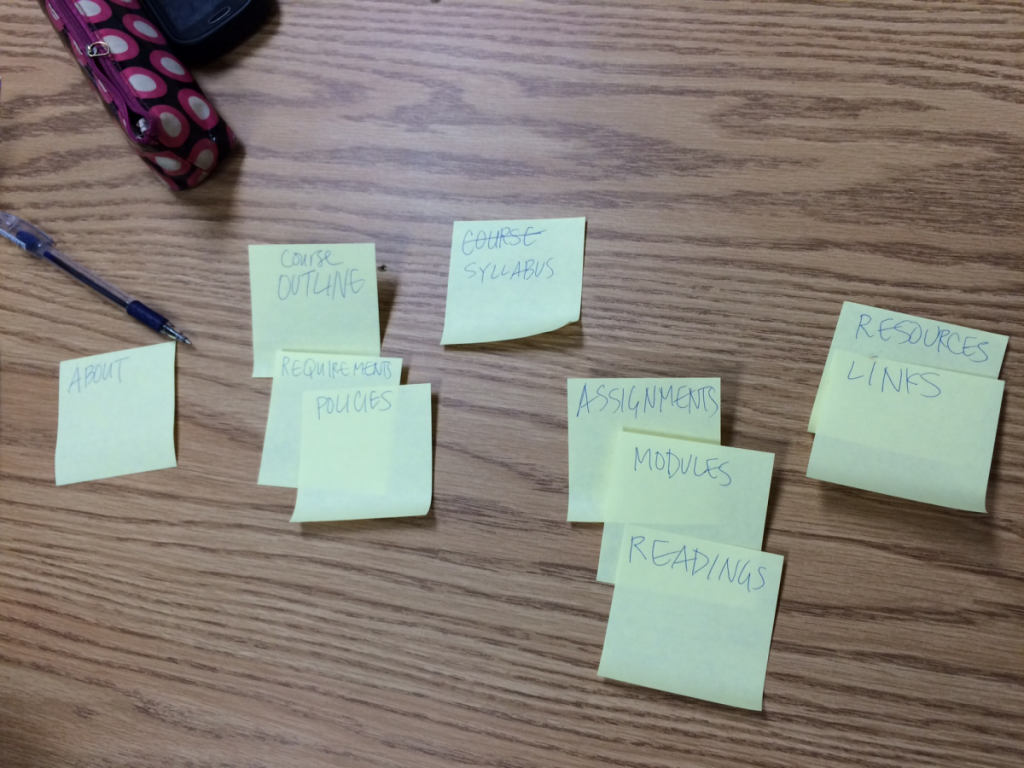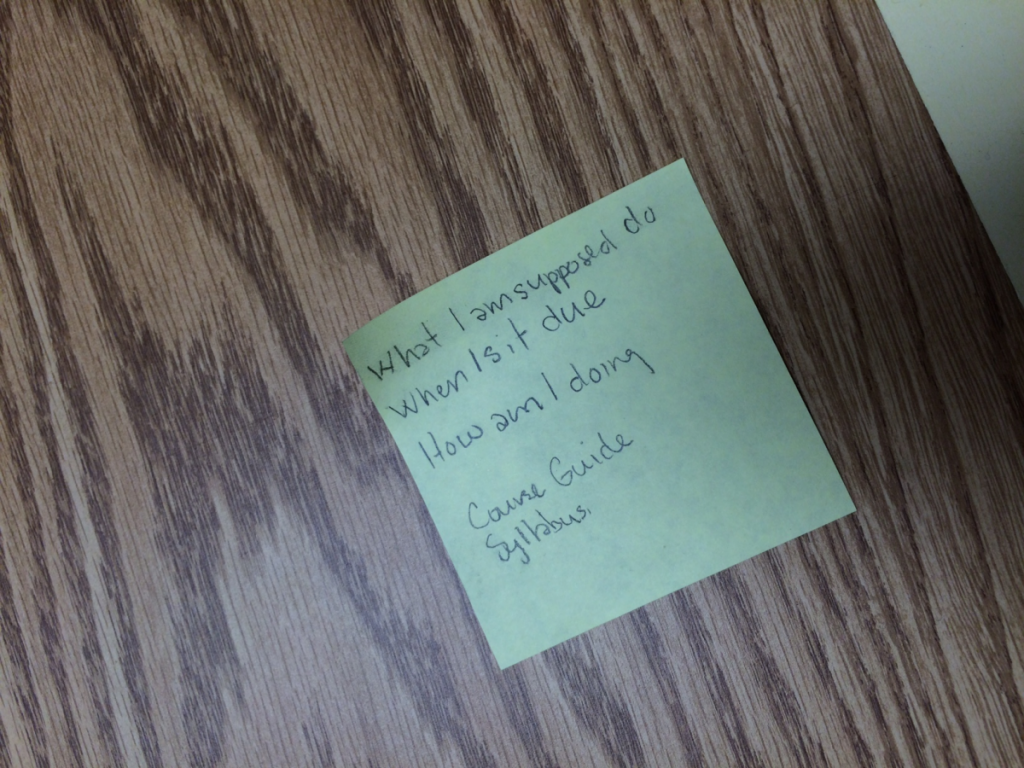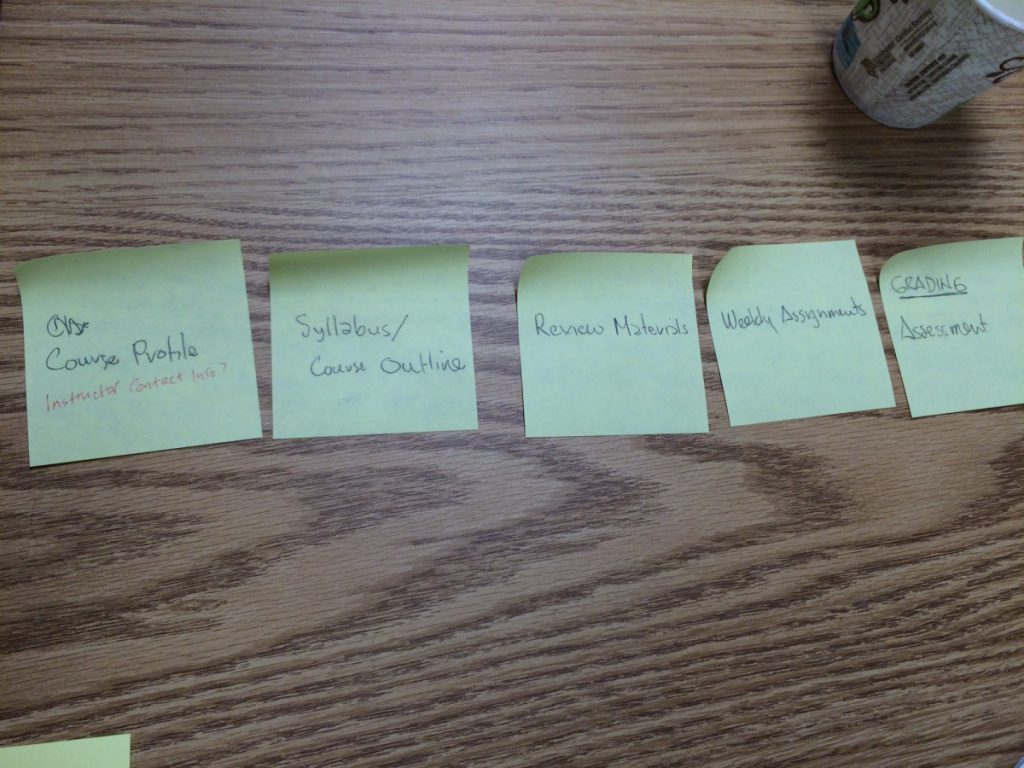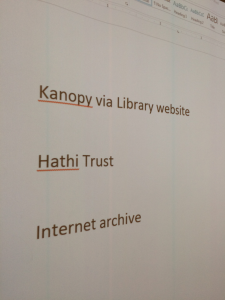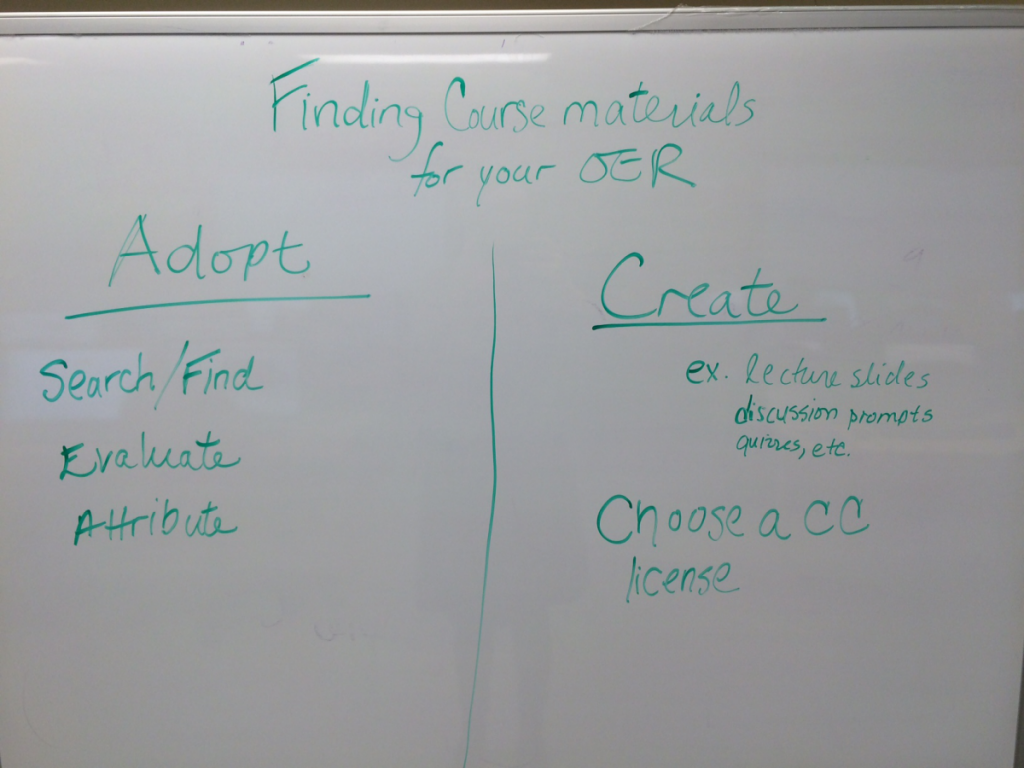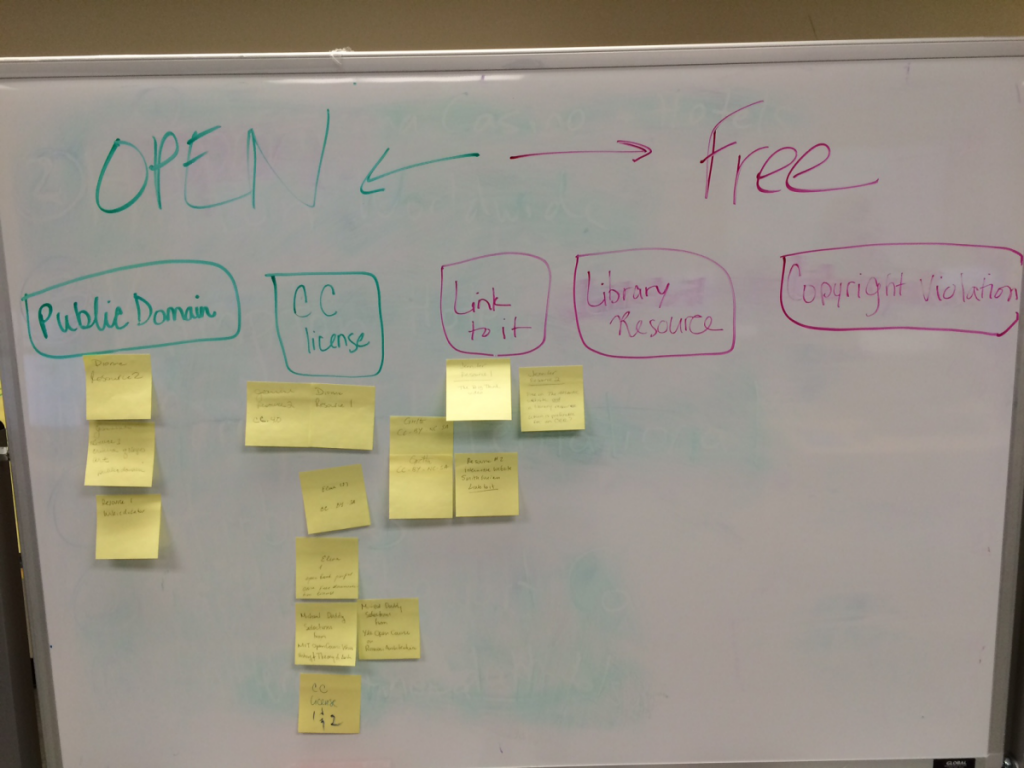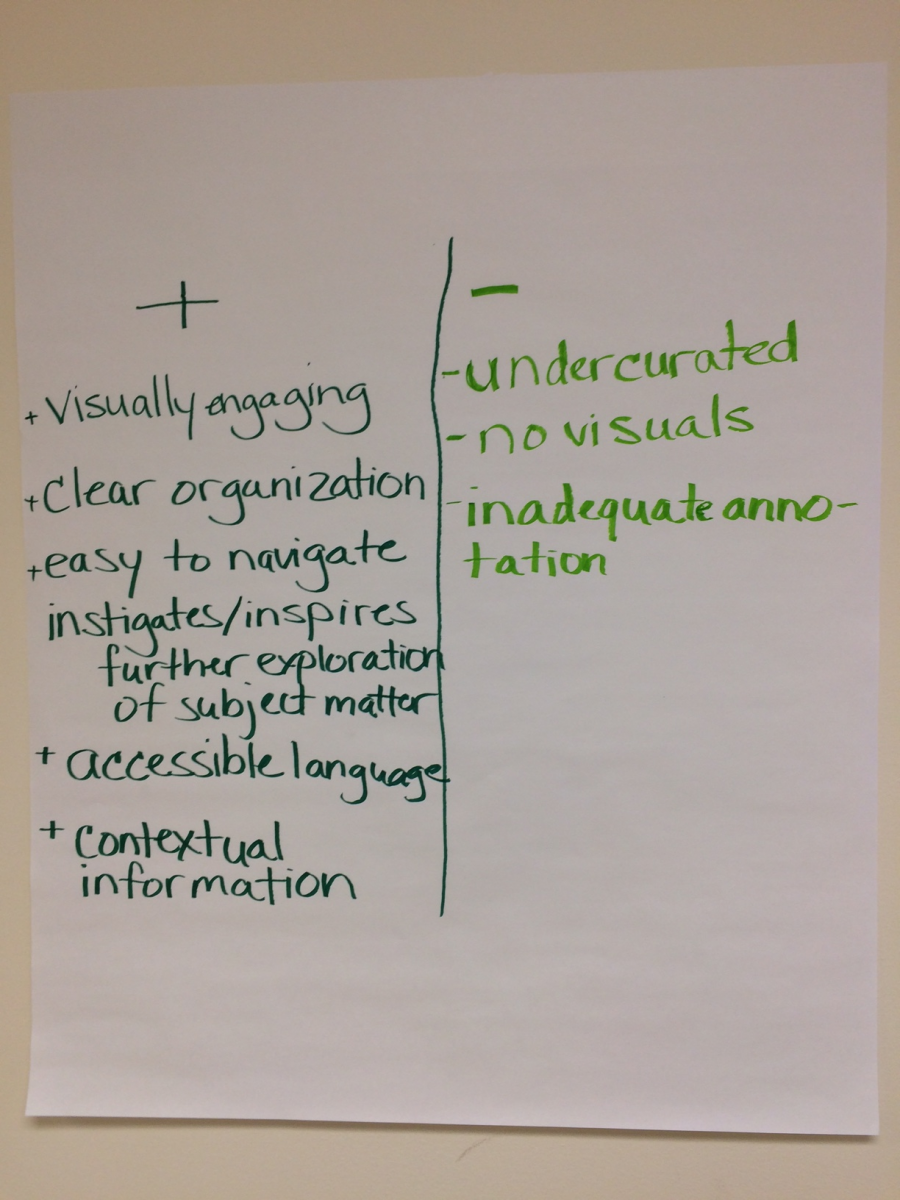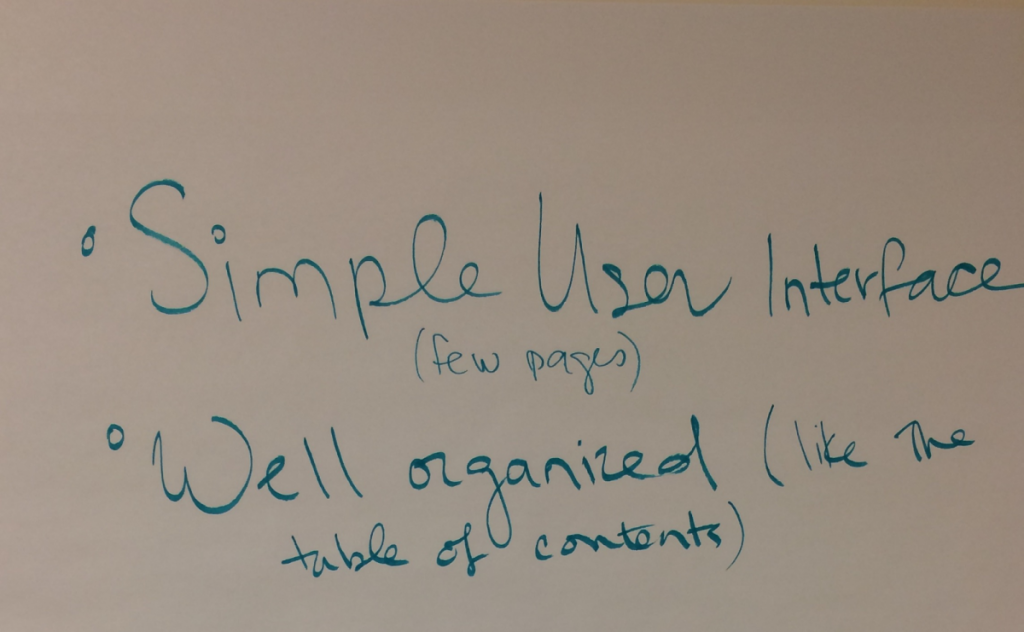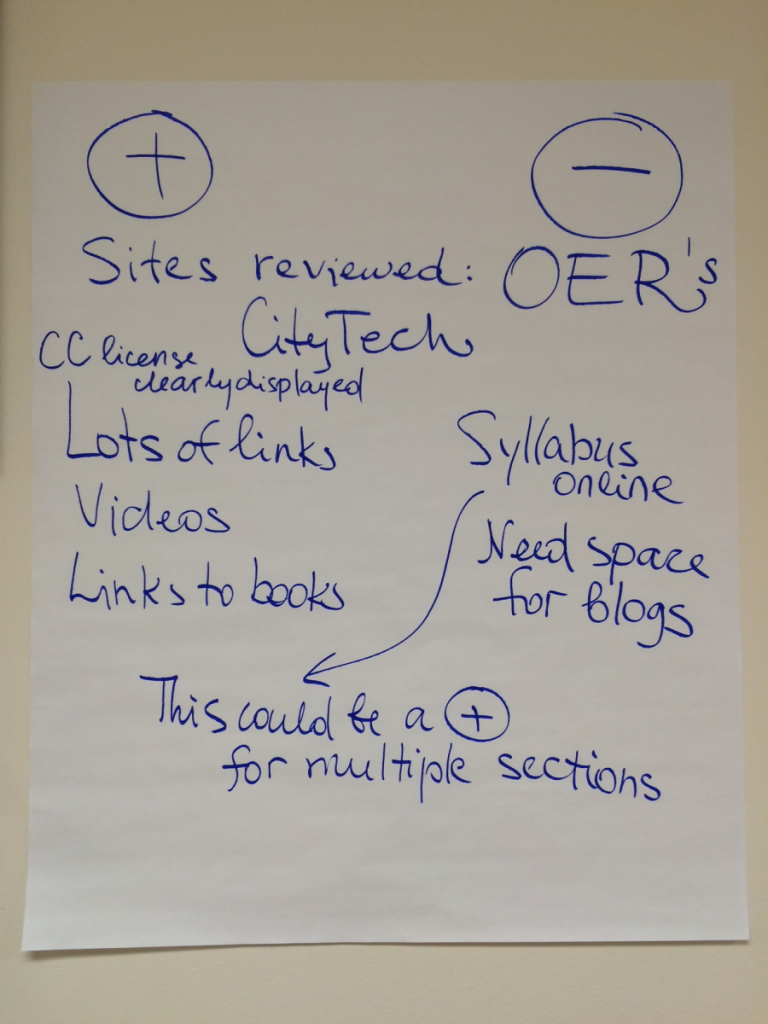2/12/2016
OER Fellowship
First assignment
Looking at the site: Ancient Medicine: The Classical Roots of the Medical Humanities
General Impressions
The first thing I notice are the beautiful visuals. Clearly there are advantages over Blackboard for customizing the site. The “Gallery” menu has more great pics, and not all from the “Classical” Greco-Roman period but Medieval, Renaissance, Egyptian, Indian, Eastern, etc. Images are sourced and link to their original site.
- Nice folders with podcasts, videos and other multimedia.
- “Attributions” tab seems to have carefully sourced/cited materials
- “Student Projects” tab is empty, maybe because they are at the beginning of the semester.
- “Contact and discuss” has nice profiles and a link to Blackboard discussion board.
- Under “Topics and Readings” one of the links under “Units” link to Google Books (in Public Domain?). Another linked to firewalled Library portals where I’m prompted to enter CUNY password.
Where can I find…? Course readings? Homework assignments? Due dates? Class requirements?
I couldn’t find this stuff, and if it was my course I would have made it front and center. Especially a link to the syllabus with the above, as well as instructions on “How to use this site.” Perhaps there is also a Blackboard site with this information?
Using OER Evaluation Criteria
Content: Very rich content, especially the photos and multimedia
Comprehensiveness: Since I couldn’t find the syllabus it’s hard to do a cross-comparison
Attribution: Seems well sourced and cited, but I didn’t check each link
Organization: The navigation tabs are well done, but not knowing the structure of the class it’s hard to say how the content supports the assignments, etc.
Accessibility: Some links took me to firewalls (the College library)
Navigation: There was a dead link on one video, but all of the photos looked to be of high quality, good resolution, formatting, etc.
Modularity: Because the Topics and Readings were divided into “Units” it makes for easy compartmentalization and re-combination of the subtopics
Cultural Relevance: I like how the course wasn’t exclusively “classical” in the Greco-Roman sense, but acknowledge the rich traditions in Medicine from India, China, etc. Nice course!

